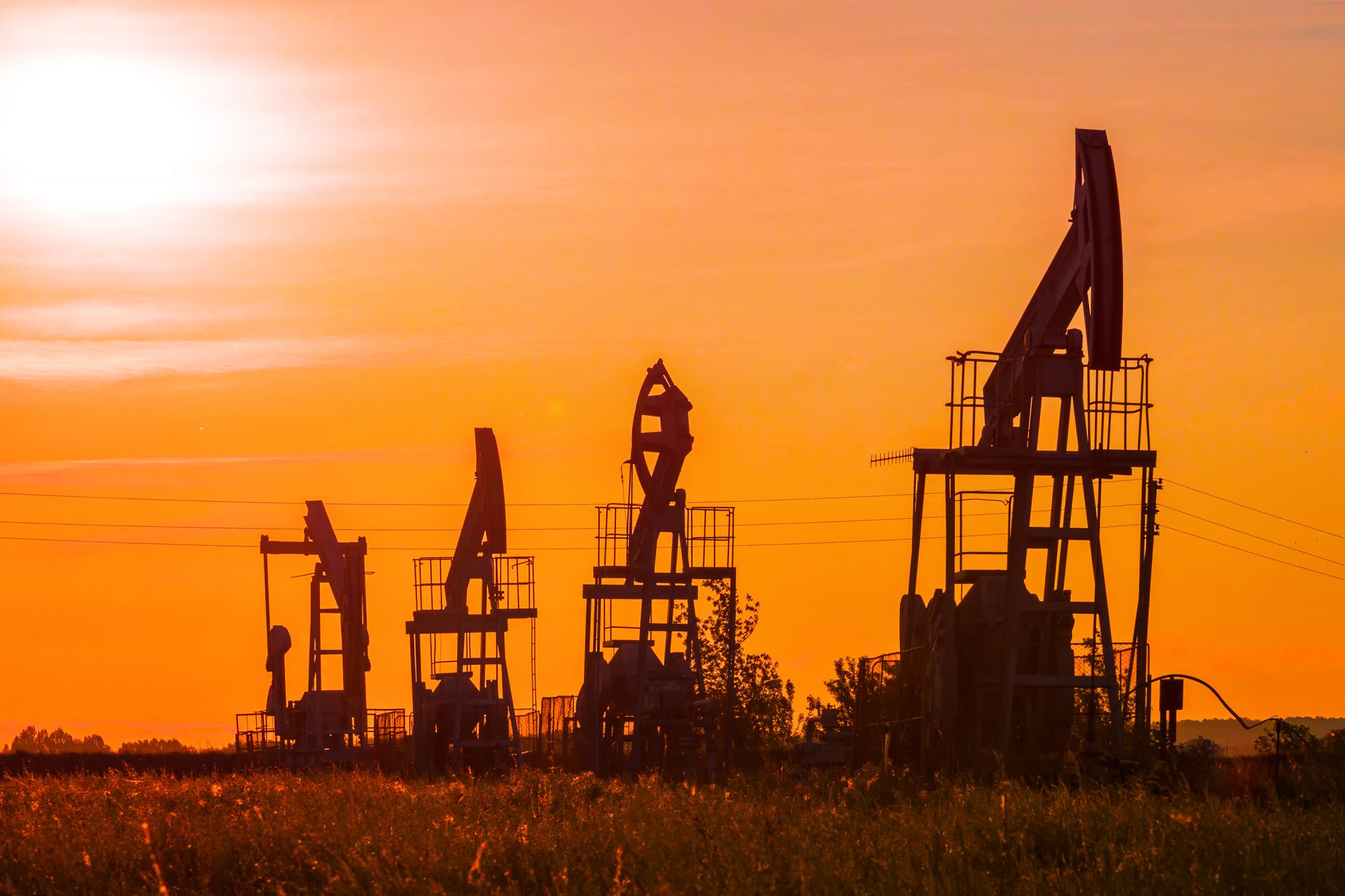The U.S. Energy Information Administration (EIA) recently raised its oil production forecast for 2025, expecting an average output of 13.59 million barrels per day (bpd)—an increase from the previous estimate of 13.55 million bpd.
As oil production ramps up, the need for efficient, reliable, and cost-effective pipeline transportation becomes even more critical. Existing pipeline infrastructure must adapt to higher volumes, and operators must ensure optimal flow efficiency while reducing risks like corrosion and buildup. This is where DragX, an advanced surface treatment, provides a game-changing solution.
The Challenge: Increased Oil Production Straining Pipeline Infrastructure
With the rise in U.S. oil production, pipeline operators face multiple challenges:
- Increased friction and drag: Higher throughput can lead to greater turbulence and energy loss within pipelines.
- Corrosion risks: Aging infrastructure may degrade faster due to increased exposure to transported fluids.
- Efficiency loss: As flow rates climb, paraffin and asphaltene buildup can restrict flow, reducing overall pipeline capacity.
Traditional solutions, such as pipeline expansions or chemical additives, can be costly and logistically challenging. Instead, DragX offers a smarter alternative, extending pipeline lifespan while optimizing performance.
How DragX Optimizes Oil Pipeline Operations
DragX is a next-generation surface treatment that significantly reduces friction, mitigates corrosion, and enhances flow efficiency. Its advanced nanocomposite coating technology creates an ultra-slick, omniphobic surface inside pipelines, providing several key benefits:
- Reduced Friction and Drag
- DragX minimizes internal pipeline roughness, allowing crude oil to move more smoothly and efficiently. As a result, less energy is needed for transportation, cutting down on operational costs.
- Enhanced Corrosion Protection
- Increased oil production can expose pipelines to moisture, impurities, and harsh chemical reactions. DragX acts as a protective barrier, preventing internal corrosion and extending the lifespan of infrastructure.
- Prevention of Buildup and Deposits
- Paraffin and asphaltene accumulation often leads to flow restrictions and blockages. DragX’s omniphobic properties repel contaminants, keeping pipeline surfaces clean and efficient over time.
- Cost-Effective Solution for Aging Pipelines
- Instead of investing in expensive pipeline replacements or expansions, operators can apply DragX to existing infrastructure, maximizing efficiency without major capital expenditures.
The Future of U.S. Oil Transportation: Why DragX Is Critical Now
With the U.S. continuing to expand oil production, the demand for sustainable, high-performance pipeline solutions will only grow. Operators must balance efficiency, cost savings, and environmental responsibility—all while ensuring safe and reliable energy transportation.
By integrating DragX, companies can:
- Optimize throughput without excessive energy consumption.
- Extend pipeline lifespan, reducing the need for costly replacements.
- Enhance environmental compliance by minimizing corrosion-related leaks and failures.
The EIA’s updated forecast highlights the need for innovation in pipeline transportation. DragX empowers operators to tackle the challenges of rising oil output, ensuring pipelines remain safe, efficient, and cost-effective. By adopting advanced surface treatments like DragX, the oil and gas industry can future-proof infrastructure while maximizing energy transport efficiency. Learn more about DragX with our experts.

